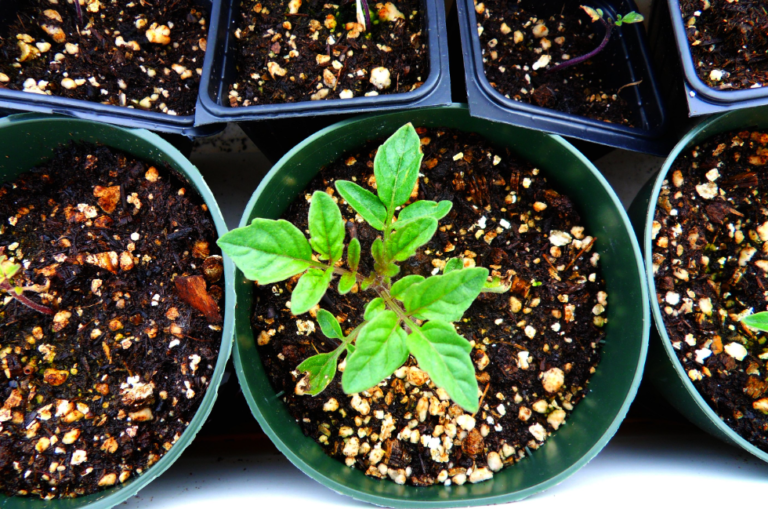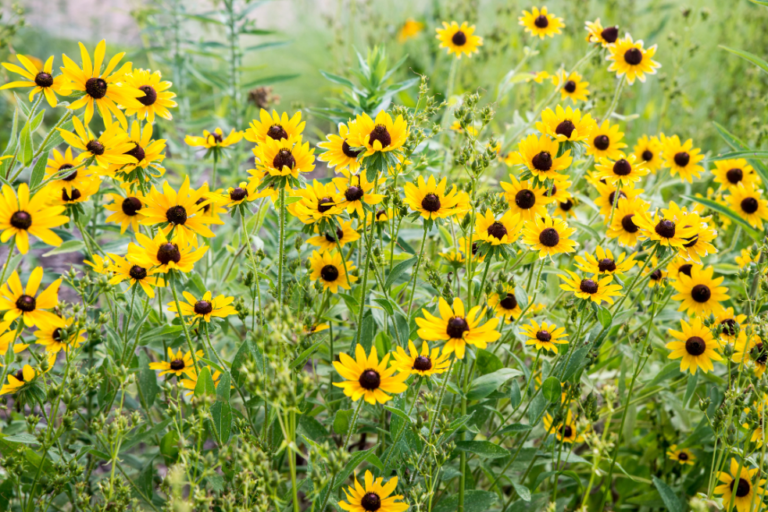Tall, showy, and easy to grow, irises (Iris spp.) dazzle with their distinctive six-petaled flowers and long, graceful leaves. Hardy in U.S. Department of Agriculture plant hardiness zones 4 through 9, these perennial flowers bloom each summer in a rainbow of colors from pastel pink to brilliant blue. Home gardeners may be tempted to cut down the leaves once the flowers fade, but it is important for the health of the plant to leave them intact until they die back naturally.

Rhizomes
Irises grow on rhizomes, which are sort of like thick horizontal stems that lie just below or even at the surface of the soil. Rhizomes are similar to bulbs in that they store nutrients during the plant’s dormant season — which for irises, is fall and winter. In the spring and summer, the iris draws on those nutrients to sprout and bloom.
Photosynthesis
Plants use the process of photosynthesis, which occurs primarily in the leaves, to create food and nutrients. As the leaves slowly die back and turn yellow, they return nutrients to the rhizome. Cutting back iris leaves before they turn yellow deprives the rhizome of important nutrients, which means the iris will not grow as well come the spring. Nutrient-rich rhizomes, on the other hand, will not only produce large, beautiful blooms but will also spread quickly to form large clumps of showy irises. These clumps can be divided and replanted if they get too large.
Leaves
It usually takes several weeks for iris leaves to completely die back. By early fall, the leaves are usually ready to be cut back, according to the Utah State University Cooperative Extension. Leaves should be cut back to about 6 to 8 inches above the ground. Then, wait until after the first hard frost. This will kill off the remaining foliage, at which point you can remove it to the ground. If you can’t stand the look of yellowing foliage, you can trim it a little at a time as it turns yellow, or fold the leaves back so that the yellow parts are hidden from view.
Flowers
Unlike foliage, iris flowers should be removed immediately after they fade. This prevents the plant from using up energy to create seeds. Simply pluck them off or clip them just below where they meet the stems with a pair of gardening shears. Or, take it a step further: The Old Farmer’s Almanac website recommends cutting the flower stalk down to the ground to prevent rot from developing. Take care when handling irises, however, as the sap is toxic and can cause skin irritation. In addition, all parts of an iris are toxic if ingested, so teach young children and pets to stay away from the plants
Irises are a popular perennial plant that delivers a beautiful display of flowers. These plants can grow in zones 3 through 10, which means they can survive temperatures that hit minimums of -40 degrees Fahrenheit (-40 degrees Celsius). If you are growing Irises, it is important to know what to do with the plants once the flowers die. This process involves deadheading your plants and maintaining your plants until new blooms form.[1]
Understand what deadheading is. Deadheading is when you remove dead flower heads from a plant. This process stops seeds from growing once the flowers have faded. Producing seeds take up plants’ energy that could otherwise be put towards producing new growth.
Deadheading also helps to tidy up your garden and get rid of withered, faded flower petals. Dead iris flowers tend to turn brown very quickly and aren’t very attractive.
off the dead flower with your fingertips. To deadhead an Iris flower, you can pinch off the spent flower using your fingertips. Alternatively, use a sharp blade to remove the flower. You need to cut off not just the dead flower petals but also the slightly swollen fat bud-like sheath the petals grow from.[3]
This bulb-like part of the plant is where the seeds will form.
off the dead flower with your fingertips. To deadhead an Iris flower, you can pinch off the spent flower using your fingertips. Alternatively, use a sharp blade to remove the flower. You need to cut off not just the dead flower petals but also the slightly swollen fat bud-like sheath the petals grow from.[3]
This bulb-like part of the plant is where the seeds will form.
Be aware that bearded Iris will sometimes flower twice. Bearded Iris may bloom at the beginning and end of summer. Wait until this second round of flowering has occurred before cutting your flowers back. Once you know the flowering season is over, you can use a sharp pair of garden cutters to remove the tough stem. However, do not cut away any green foliage that is still on the plant.
Removing the stem will help to prevent the plant from rotting, and will also help to clean up the look of your garden.
Once you have cut away the stem, place it in your compost.

Consider leaving the seed heads on the plant if you like the way that they look. You’ll notice that there are some varieties of Iris that have pretty seed heads. Many gardeners leave the flowers on varieties such as Stinking iris (Iris foetidissima) and Blackberry lily (Belamcanda) to enjoy the display of seed heads.[8]
Just be aware that when you leave the seed heads on, the seeds may spread, causing other Irises to grow throughout your garden.
Rhizomes
Irises grow on rhizomes, which are sort of like thick horizontal stems that lie just below or even at the surface of the soil. Rhizomes are similar to bulbs in that they store nutrients during the plant’s dormant season — which for irises, is fall and winter. In the spring and summer, the iris draws on those nutrients to sprout and bloom.
Photosynthesis
Plants use the process of photosynthesis, which occurs primarily in the leaves, to create food and nutrients. As the leaves slowly die back and turn yellow, they return nutrients to the rhizome. Cutting back iris leaves before they turn yellow deprives the rhizome of important nutrients, which means the iris will not grow as well come the spring. Nutrient-rich rhizomes, on the other hand, will not only produce large, beautiful blooms but will also spread quickly to form large clumps of showy irises. These clumps can be divided and replanted if they get too large.






